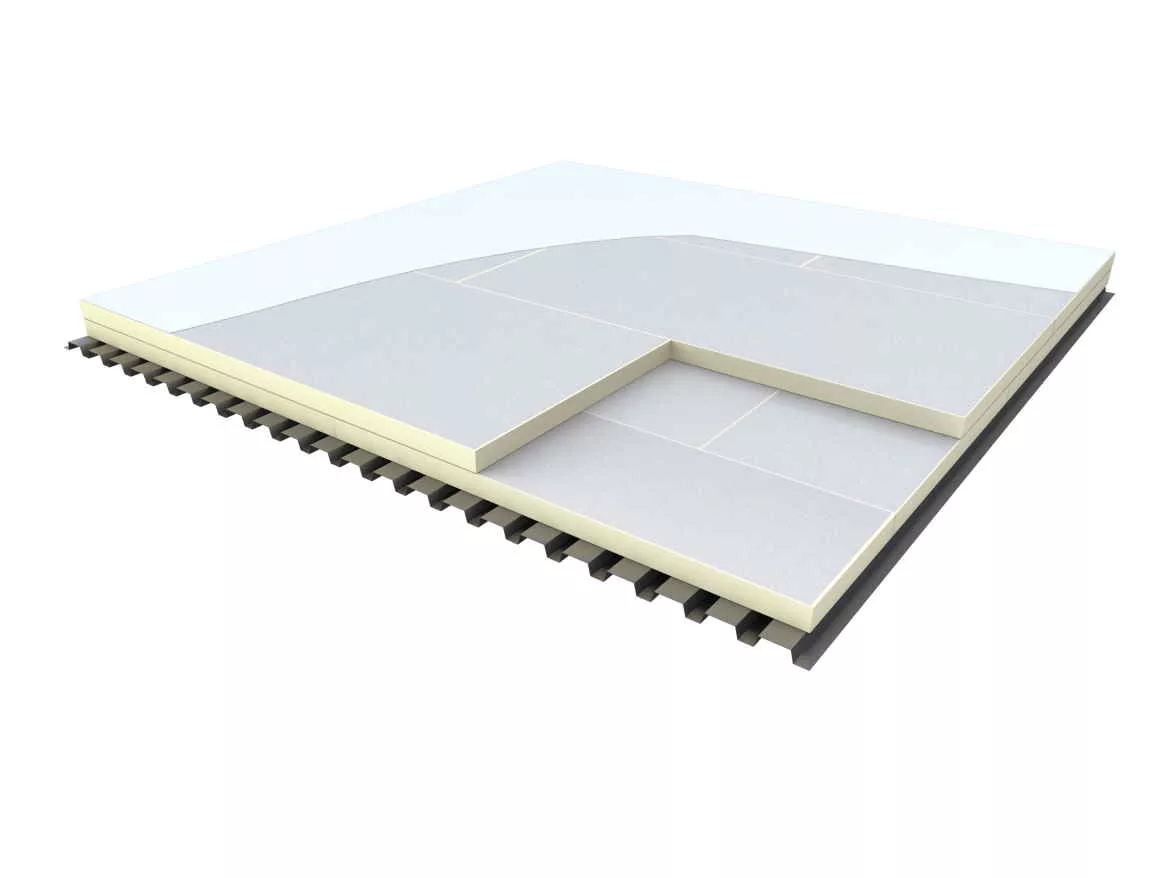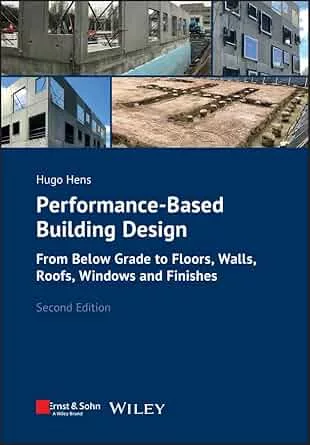New Study Confirms Energy-Efficient Replacement Roofs Save Energy, Reduce Costs and Carbon Emissions

Image courtesy of Polyiso.org.
ARLINGTON, Va. — A new study, completed by the globally-acclaimed technology services and consulting firm ICF International, demonstrates that code-compliant levels of roof insulation installed entirely above deck as part of a roof replacement project can help building owners cost-effectively reach energy reduction goals while cutting costs and carbon emissions.
The study, commissioned by the Polyisocyanurate Insulation Manufacturers Association (PIMA), quantifies the benefits of energy code-compliant roof replacements in terms of energy and carbon emissions savings for the following common building types based on the U.S. Department of Energy (DOE) prototype buildings: primary school; retail store; strip mall; and small office. For the purposes of the study, selected buildings were located in reference cities representing ASHRAE Climate Zones 2-6 for the United States and Canada, per DOE’s methodology. Specific findings from this independent analysis include:
- Roof replacements are life-cycle economical under various conditions, even when subjected to higher incremental installation costs and discount rates
- Roof replacements support the transition to building electrification through a significant reduction in natural gas fossil fuel use and overall improvement in energy efficiency
- Roof replacements support building performance standards and carbon emissions reduction goals by offering a cost-effective tool to help building owners reduce energy use and lower their carbon footprint.
“There are hundreds of millions of square feet of non-residential, low-sloped roofs across the United States and Canada, each with a limited life span and many are under insulated by today’s standards. Roof replacement offers a unique opportunity to cost-effectively improve overall building energy performance,” said Justin Koscher, president of PIMA. “The energy codes have improved over the past decade and require that replacement roof systems comply with minimum insulation levels. The ICF study confirms that while there are costs to increase insulation levels, there are also tremendous benefits that extend for years and recapture the initial investment many times over.”
Where an existing roof contains insulation entirely above the deck and requires replacement, model energy codes and standards require that the replacement roof system comply with minimum thermal envelope insulation levels. For buildings constructed prior to the wide-spread adoption of energy codes, energy-code compliant roof replacements can significantly decrease whole-building energy use, reducing associated costs and carbon emissions.
Here are a few examples that highlight the study’s results:
Climate Zone 3 (Reference City: Atlanta)
Installing an energy code-compliant roof replacement in Climate Zone 3 (R-25) is estimated to generate whole-building energy savings of 3-6% annually depending on the building type. This translates into energy cost savings per square foot of $1.83 to $3.07 and carbon equivalent emissions reductions per square foot of approximately 20 to 45 pounds.
Climate Zone 4 (Reference City: New York City)
Installing an energy code-compliant roof replacement in Climate Zone 4 (R-30) is estimated to generate whole-building energy savings of 5-10% annually depending on the building type. This translates into energy cost savings per square foot of $2.55 to $4.90 and carbon equivalent emissions reductions per square foot of approximately 32 to 81 pounds.
Climate Zone 5 (Reference City: Chicago)
Installing an energy code-compliant roof replacement in Climate Zone 5 (R-30) is estimated to generate whole-building energy savings of 6-9% annually depending on the building type. This translates into energy cost savings per square foot of $2.97 to $4.58 and carbon equivalent emissions reductions per square foot of approximately 43 to 75 pounds.
Climate Zone 6 (Reference City: Montreal, Canada)
Installing an energy code-compliant roof replacement in Climate Zone 6 (R-30) is estimated to generate whole-building energy savings of 6-12% annually depending on the building type. This translates into energy cost savings per square foot of $3.20 to $6.01 (USD) and carbon equivalent emissions reductions per square foot of approximately 54 to 107 pounds.
Research Report: Life-Cycle Benefits of Energy Code-Complaint Roof Replacements
The ICF International research report explains the assumptions and methodologies used to generate the energy and carbon emissions savings estimates for the modeled climate zones and buildings. The report includes additional details and data that highlight the cost-effective opportunity presented by energy-code-compliant roof replacements to reduce whole building energy use and associated costs and carbon emissions.
Click here for more information on the study and to download the Climate Zone-specific fact sheets and full report.
Looking for a reprint of this article?
From high-res PDFs to custom plaques, order your copy today!







